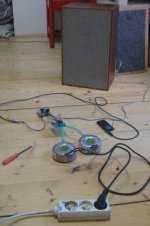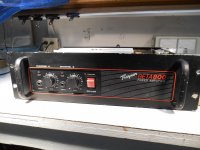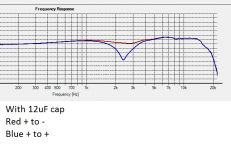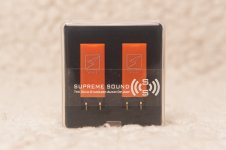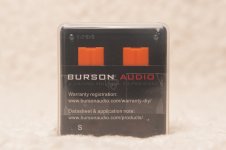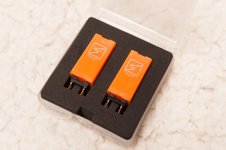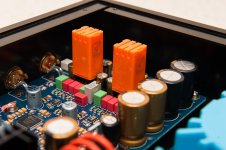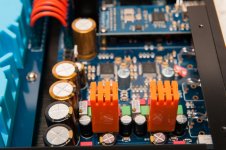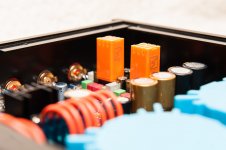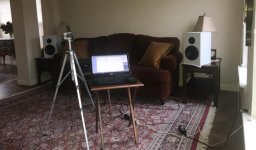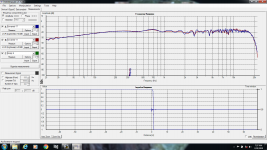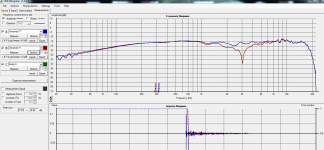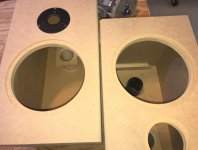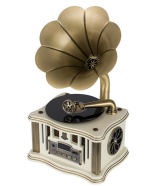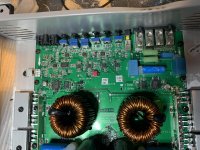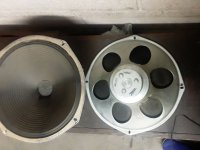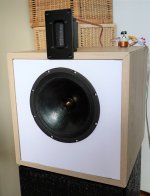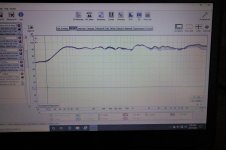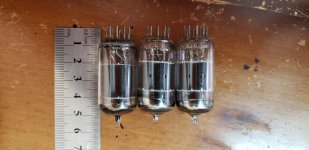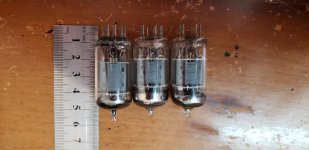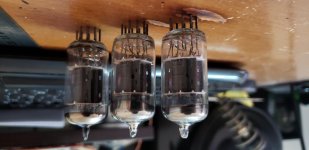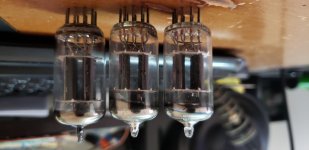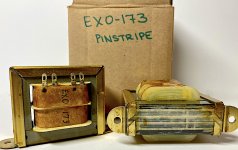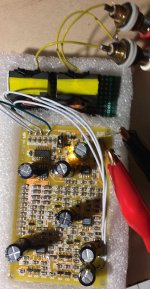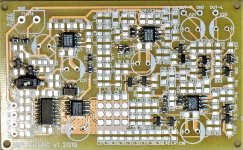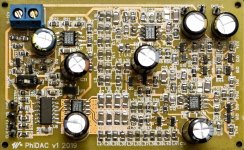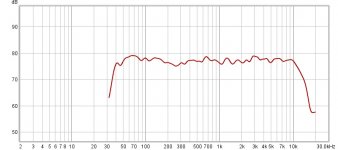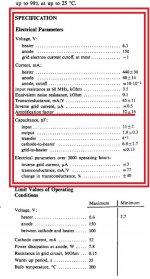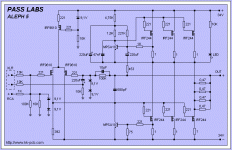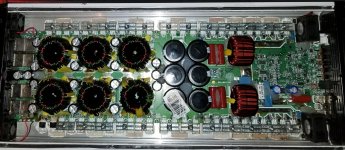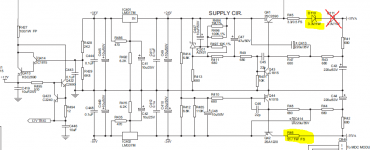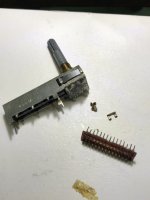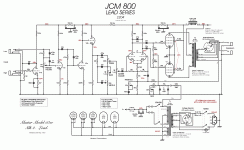Hello, this is my first post and I’d like to thank in advance to all who might comment or help.
I have pair of M-Audio BX8 D2 powered speakers and one speaker’s tweeter line is busted. Tweeter is OK, but either dedicated amp on that line or crossover is busted. It is all on the circuit board and I am not in position to fix it. Authorized service is asking $75 in advance just for diagnostic so cost of repair can easily exceed $100 and I can buy a working, used speaker from Guitar Center for $135.
However, I’ve been wondering if I can go the other way… gutting all the electronics, adding passive crossover and binds and use those speakers with and amp like Onkyo A9010?
One option is obviously to make my own crossovers and the second one is to buy pre-made. How about Dayton Audio XO2W-2K 2-Way Speaker Crossover 2,000 Hz (
Dayton Audio XO2W-2K 2-Way Speaker Crossover 2,000 Hz) or (
https://www.amazon.com/Aoshike-Frequency-Divider-Speaker-Crossover/dp/B01NAKQS8V)?
Finally, is this a silly idea to begin with?
Below is a table with technical specs for your info.
Technical Specifications
Type - 2-way near-field studio reference monitors
LF Driver - 8-inch (203 mm) Kevlar curved cone with high temperature voice coil and damped rubber surround, magnetically shielded
HF Driver - 1-inch (25 mm) magnetically shielded natural silk dome
Frequency Response - 38 Hz – 22 KHz
Crossover Frequency - 2.2 KHz
LF Amplifier Power - 70 W
HF Amplifier Power - 60 W
Signal-to-Noise Ratio - > 100 dB typical A-weighted
Input Connectors - 1 x XLR balanced input connector and 1 x TRS balanced/unbalanced input connector
Polarity - Positive signal at + input produce outward LF cone displacement
Input Impedance - 20 KΩ balanced, 10 KΩ unbalanced
Input Sensitivity - 85 mV pink noise input produces 90 dBA output SPL at 1 meter with volume control at maximum
Protection - RF interference, output current limiting, over temperature, turn-on/off transient, subsonic filter, external mains fuse. [/TABLE]
Thank you!
